
Radio Frequency Identification (RFID) technology is transforming modern business practices by optimizing inventory management, asset tracking, and security protocols. Whether the objective is to streamline supply chain operations, enhance employee productivity, or elevate customer experiences, RFID systems offer the necessary tools to achieve enhanced efficiency and sustained success. This guide provides essential insights into integrating RFID systems into your operational framework. Let us begin.
1. Understanding RFID: An Overview of Radio Frequency Identification
RFID, or Radio Frequency Identification, is a technology that employs radio waves for data transmission. This technology allows for the attachment of a small tag to an object, facilitating wireless communication with a designated reader. Information is transmitted without requiring physical contact or a direct line of sight.
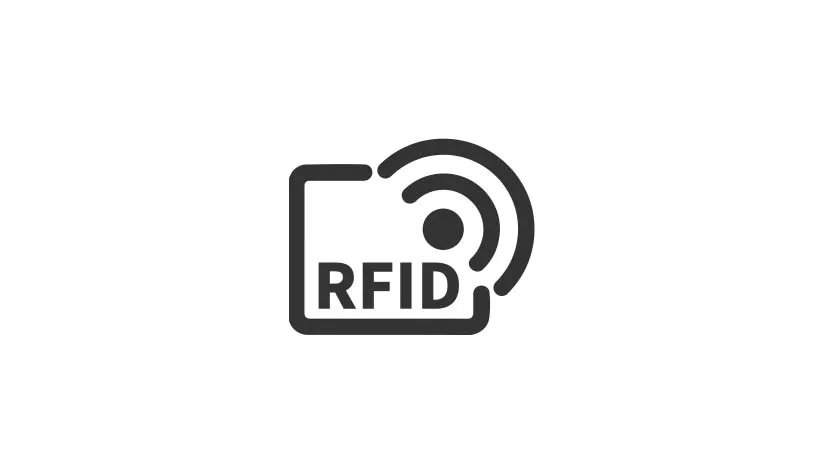
An RFID system comprises three primary components: RFID tags, RFID readers, and software systems.
RFID Tags: These compact devices, often in the form of cards, stickers, or wristbands, are embedded with a microchip. They are typically affixed to items and contain pertinent information such as identification, location, or other data requiring management. These can be rfid tag, rfid label, rfid sticker or rfid card.
RFID Readers: These devices emit radio waves to interact with the tags and receive data. The acquired data is subsequently transmitted to a backend system for processing and storage. We are rfid reader wholesale factory customize supplier manufacturer.
Software Systems: This component receives, processes, and analyzes the data collected by the RFID readers, thereby facilitating inventory management, asset tracking, and other operational tasks.
A significant advantage of RFID technology is its contactless nature. Direct contact with the tag is not required, and information can be read from a distance of several meters, thereby accelerating data transmission and enhancing efficiency. Furthermore, RFID technology offers automation capabilities, enabling automatic data collection and recording without human intervention, which enhances operational efficiency and accuracy.
Due to these attributes, RFID technology has found widespread application across diverse industries, notably in logistics, retail, asset management, and security.
2. The Business Imperative for RFID Systems
RFID technology is pivotal in contemporary business operations, significantly improving efficiency, minimizing human error, and expediting commercial processes. The following are key benefits that RFID systems offer to businesses:
Enhanced Inventory Management Efficiency
By automating data collection, RFID systems provide real-time updates on inventory data, thereby reducing the time and errors associated with manual counting. This not only improves inventory accuracy but also ensures smoother supply chain operations.
Real-Time Tracking Capabilities
RFID enables businesses to monitor the location of assets, goods, or equipment in real-time. Whether in a warehouse, logistics center, or retail store, RFID systems provide continuous awareness of item status and location, thereby enhancing operational transparency.

Augmented Security Measures
RFID can be employed for the authentication of items and equipment, thereby preventing theft or loss. When integrated with alarm systems, businesses can receive immediate security alerts regarding their assets, protecting high-value items against unauthorized access.
Long-Term Cost Reduction
RFID systems can yield long-term savings through increased efficiency, reduced inventory losses, and lower labor costs. For example, minimizing the need for manual checks and management tasks allows employees to focus on more value-added activities.
Through these advantages, RFID not only optimizes current operational processes but also supports the long-term growth of businesses, enabling them to maintain a competitive advantage in an increasingly competitive market.
3. Practical Applications of RFID in Business Environments
The applications of RFID technology are extensive, enhancing efficiency, reducing costs, and improving customer experiences across various industries. The following are several common applications of RFID in business:
Supply Chain and Logistics Optimization
RFID technology significantly improves the visibility and control of the supply chain. From cargo transportation to warehouse inventory management, RFID systems can track the location of items in real-time, ensuring accurate and timely deliveries. By automating data collection, businesses can better manage their supply chain, minimizing delays, inventory backlogs, and shipping errors.
Asset Tracking and Management
RFID systems are widely used for tracking high-value assets, tools, and equipment. Businesses can tag assets with RFID labels and use RFID readers to monitor their locations in real-time. This helps prevent loss, theft, or mismanagement, maximizing asset utilization and ensuring effective resource management.
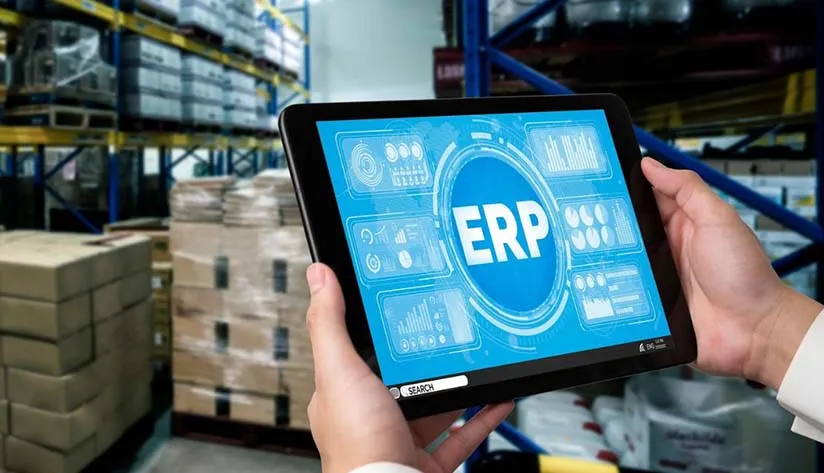
Retail and Customer Experience Enhancement
In the retail sector, RFID technology can enhance the shopping experience. Retailers can automate restocking, enabling them to have real-time visibility of their inventory and ensuring that popular products are consistently available. Additionally, RFID can expedite the checkout process; customers simply place their items at a self-checkout station, where the system automatically reads the tag information, reducing wait times and improving overall customer satisfaction.
Employee Management and Security Protocols
RFID has broad applications in employee management as well. For example, using RFID cards for attendance tracking ensures accurate recording of work hours and increases management efficiency. Moreover, RFID technology can enhance security management by controlling employee access permissions and monitoring sensitive areas, thereby improving overall organizational safety. NFC card is also a good choice.
These applications not only enhance operational efficiency for businesses but also improve customer experiences and reduce management costs. By implementing RFID systems, organizations can achieve smarter and more efficient operational management.
4. Return on Investment (ROI) of Implementing RFID Systems
By optimizing operational processes, enhancing efficiency, and reducing errors, RFID systems can significantly lower a business’s operational costs and provide substantial returns.
Reduction of Labor Expenses
RFID systems automate data collection and asset tracking, greatly reducing the need for manual operations. This means businesses can cut back on the labor required for inventory management and asset tracking, which in turn saves on wage expenses.
Increased Asset Utilization Rates
By enabling real-time tracking and monitoring of high-value assets, RFID helps companies reduce asset waste and idle time, optimizing resource usage. This not only lowers equipment purchase costs but also enhances the overall efficiency of asset management.

Decreased Inventory Shortages and Overstocking
RFID technology minimizes inventory shortages caused by human error or delayed information through real-time updates. Companies can better forecast demand and optimize inventory levels, avoiding overstocking or stockouts, thus reducing inventory costs.
Mitigation of Human Error
Traditional manual inventory management and asset registration are prone to mistakes, whereas RFID systems reduce errors through automated data collection. This not only improves data accuracy but also lowers additional costs caused by errors.
Through these savings, RFID systems help businesses achieve long-term cost reductions and operational optimizations after initial investments. Companies can conduct return on investment analyses to clearly see the financial value that RFID systems bring, assisting decision-makers in evaluating whether RFID is worth the investment.
5. Selecting the Appropriate RFID System for Your Business Needs
Selecting the right RFID system is essential for ensuring its effective implementation and long-term use. Here are key factors to consider when choosing RFID tags, readers, and software:
Alignment with Industry-Specific Requirements
Different industries have varying RFID needs. For instance, the retail sector may require High Frequency (HF) tags for inventory management, while the logistics industry might rely more on Ultra High Frequency (UHF) tags for long-distance tracking of goods. By selecting the appropriate tag type and operating frequency specific to your industry’s requirements, you can maximize the benefits of your RFID system.
Consideration of Operational Scale
If your business is a small to medium-sized operation, you may need a more straightforward and cost-effective RFID system that can perform optimally within existing resources. For larger enterprises, a more complex system may be necessary to handle vast amounts of data and support more intricate application scenarios. Ensure that the system’s scale and capabilities align with your long-term operational needs.

Ensuring Compatibility with Existing Infrastructure
When choosing an RFID system, it’s crucial to ensure that it can integrate smoothly with your existing technology infrastructure (like ERP, inventory management software, etc.). The integration capability is vital as it directly impacts data flow and the overall efficiency of the system.
Selecting a supplier who can meet your specific needs is crucial when choosing an RFID system. **RFIDtag.com** provides efficient and reliable RFID technology designed to help you achieve seamless integration and operational optimization. Here are some advantages we offer:
Seamless Compatibility and Flexible Scalability: Our RFID tags, readers, and software work perfectly with existing technology platforms, ensuring you can easily integrate them into your current business processes. Additionally, our systems are highly scalable, allowing adjustments and upgrades to accommodate your business’s growth and changing needs, ensuring your investment remains beneficial long-term.
Cost-Effective Solutions: We offer flexible RFID system options based on different budgets, helping businesses realize substantial cost savings and returns over time while avoiding unnecessary expenses.
Robust After-Sales Support: Our professional team provides comprehensive after-sales service to help resolve any issues you may encounter while using the system, guaranteeing the system’s long-term stability.
If you’re ready to enhance your operational efficiency, contact us today for more information on RFID solutions. We can provide a free demonstration and help you select the right RFID system to boost your business operations.
FAQs (Frequently Asked Questions)
1. What are the main differences between passive and active RFID tags?
The key difference lies in their power sources and operational ranges. Passive RFID tags have no internal power source and rely on the reader’s signal to activate them, making them cost-effective but suitable for short-range applications. Active RFID tags, on the other hand, contain their own power source (a battery), allowing them to transmit signals over longer distances and enabling real-time tracking.
2. How can RFID improve supply chain visibility and reduce operational delays?
RFID enhances supply chain visibility by providing real-time data on the location and status of goods at every stage of the supply chain. With RFID, businesses can track shipments, inventory levels, and deliveries more accurately, reducing the likelihood of delays and improving overall efficiency. This leads to better decision-making and faster response times.
3. Can RFID be used in small businesses, or is it only suitable for large enterprises?
RFID is highly scalable and can be tailored to fit businesses of any size. Small businesses can benefit from RFID by enhancing inventory management, asset tracking, and reducing manual errors. Solutions can be customized to meet the needs of smaller operations while keeping costs manageable, making RFID an excellent option for businesses of all sizes.
4. What kind of support and maintenance do RFID systems require after implementation?
RFID systems require ongoing support to ensure smooth operation. This includes regular maintenance of hardware components (tags, readers), software updates, and troubleshooting any technical issues. Many RFID suppliers offer maintenance packages, including customer support, system monitoring, and technical assistance to keep the system running efficiently over time.
Recommended Products
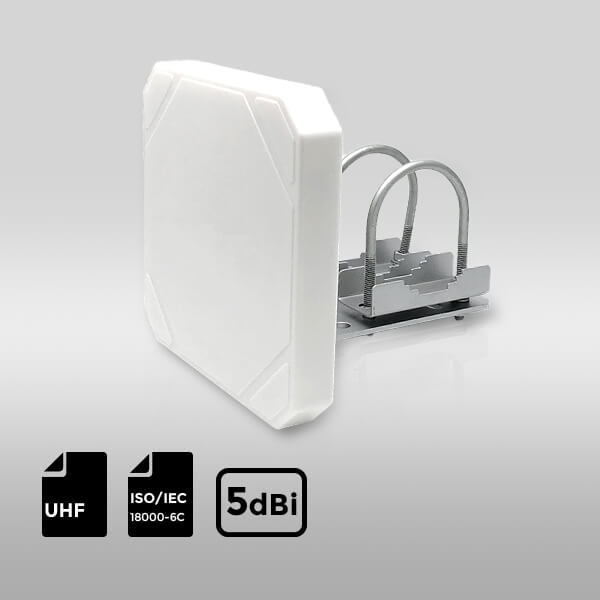
UHF 5-dBi RFID Antenna ISO 18000-6C

5-Meter Cable for UHF RFID Fixed Reader

UHF 9-dBi RFID Antenna ISO 18000-6C
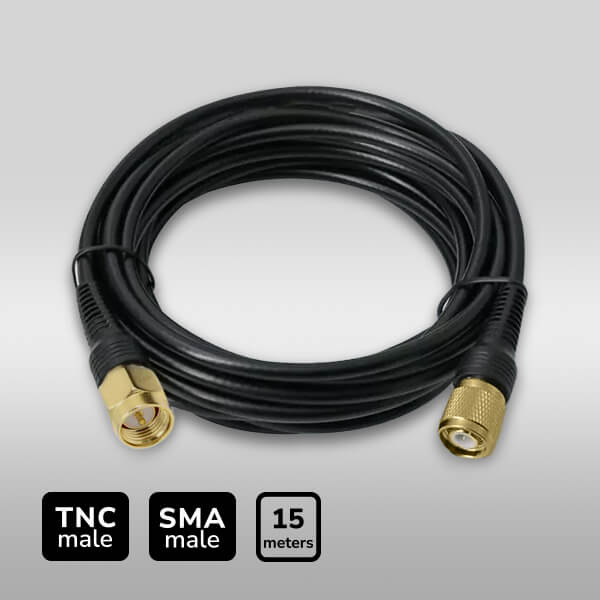
15-Meter Cable for UHF RFID Fixed Reader
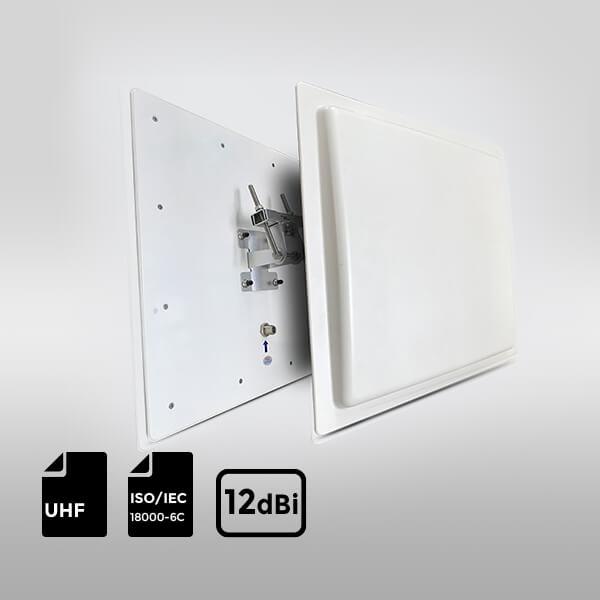
UHF 12-dBi RFID Antenna ISO 18000-6C
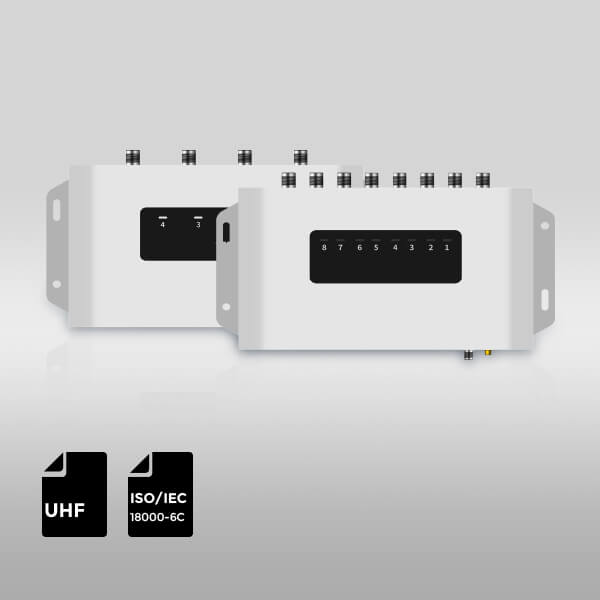
UHF RFID 4-Port | 8-Port Reader
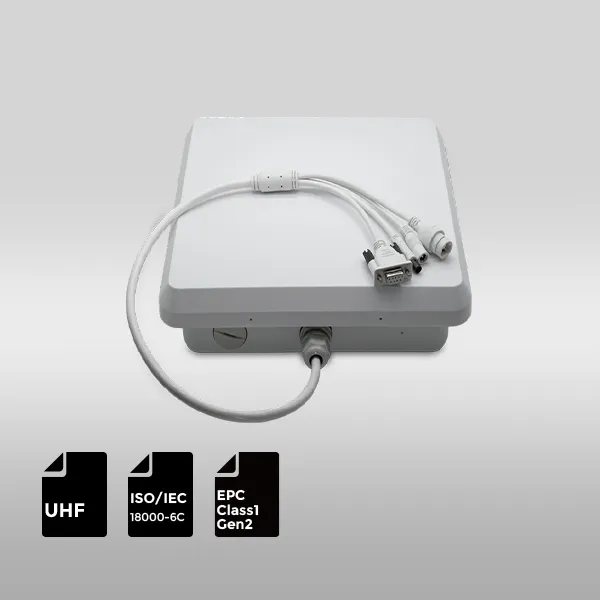

RFID Antenna UHF
15-Meter Cable for UHF RFID Fixed Reader
UHF Tag
4″x2″ 860-960MHz UHF RFID Label RFID M4D
UHF Tag
4″x4″UHF RFID Label Alien H3 | ISO18000-6C
RFID Antenna UHF
5-Meter Cable for UHF RFID Fixed Reader
HF Card
ABS RFID KEY-FOB Tag RFID Classic 1K
HF Card
ABS RFID KEY-FOB Tag RFID Classic 4K
HF Card
ABS RFID KEY-FOB Tag RFID Ultralight C
HF Tag
ABS RFID KEY-FOB Tag RFID Ultralight EV1
LF Card
ABS RFID KEY-FOB Tag ATA5577
LF Card
ABS RFID KEY-FOB Tag EM4200
HF Card
ABS RFID KEY-FOB Tag EM4305
HF Card
ABS RFID KEY-FOB Tag RFID TAG 213